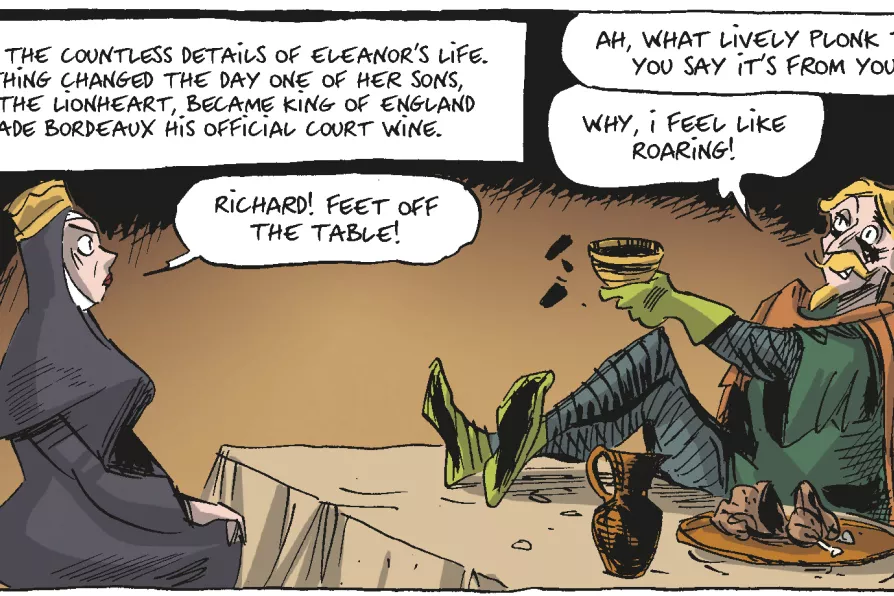MARIA DUARTE picks the best and worst of a crowded year of films
Wine: A Graphic History by Benoist Simmat and Daniel Casanave
Engaging meander through millennia of fermentation


GAGGING for a pint, or maybe a glass of wine? Malbec perhaps, in an establishment dedicated to such beverages? Pubs, I believe they used to be called.
Spare a thought for Noah then, who, after 150 days aboard the ark, first had to plant grape vines before he could enjoy a cup or two of the good stuff.
Similar stories

Ben Cowles speaks with IAN ‘TREE’ ROBINSON and ANDY DAVIES, two of the string pullers behind the Manchester Punk Festival, ahead of its 10th year show later this month
Read Sisters, the journal of the National Assembly Of Women, below.

The Morning Star sorts the good eggs from the rotten scoundrels of the year











